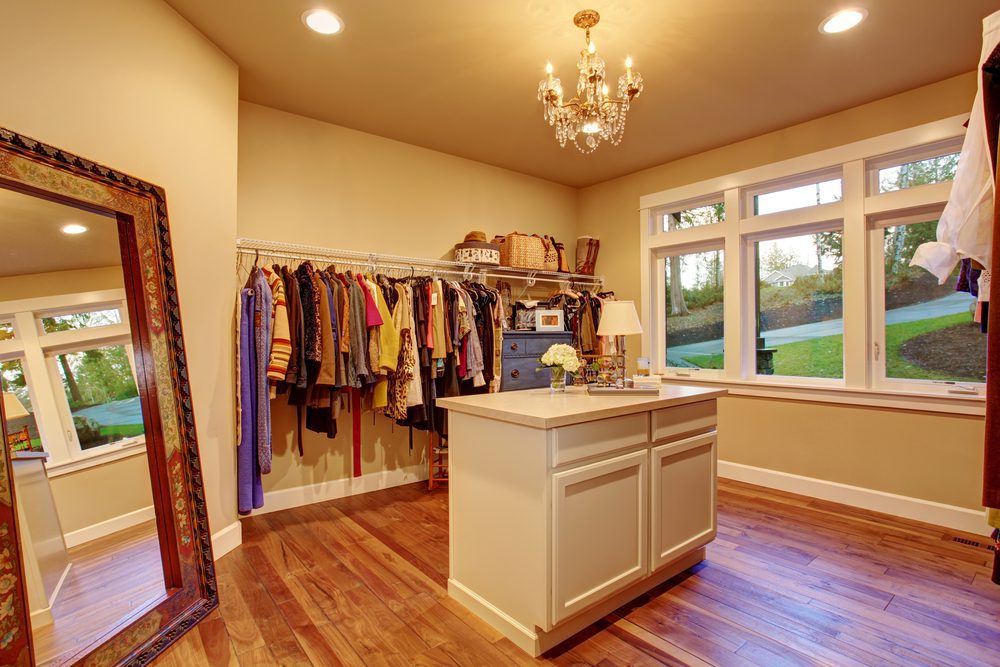
Mirrors can be used for a variety of different things. They can reflect light, open up a space, enhance the overall look of your home, and, of course, let you be sure that you look put together at the beginning of the day. There are some guidelines, however, that you should take into consideration when hanging mirrors around your home. Here are a few:
Mirror Placement Guidelines
Opt for larger mirrors in smaller rooms.
By placing a larger mirror in a smaller room, it actually creates the illusion of depth. One way you can accomplish this is by installing a mirror across from a piece of art or a family portrait. Wall-to-wall mirrors are another option for this. Dress them with flower arrangements, vines, or install a few sconces on either side to pull it all together.
Make mirrors a focal point.
This is ideal for empty corners, dressing rooms, and walk-in closets. Rather than installing a mirror onto the wall, simply rest one against your walls to make it stand out, and become a focal point. To further enhance this effect, implement a spotlight behind the mirror to create a glowing effect.
Take advantage of mirrored coffee tables, or dressers.
Mirrors can trick the eye into thinking that the mirror itself doesn’t exist. If you happen to have a large piece of furniture, such as a coffee table, in the middle of a room, you can actually make it look like its disappearing by installing a mirror on it.
Don’t overdo mirror placement in the kitchen or bedroom.
Mirrors in the kitchen typically need a lot of maintenance in terms of water marks, especially if they are being used as a backsplash. Mirrors should only be placed in the bedroom if you absolutely need one. If you do decide you need a mirror in your bedroom be sure to not have it reflecting your bed. A good rule of thumb is to choose a placement where you won’t see your reflection right as you wake up.
Need more help with your mirrors? Contact us!



